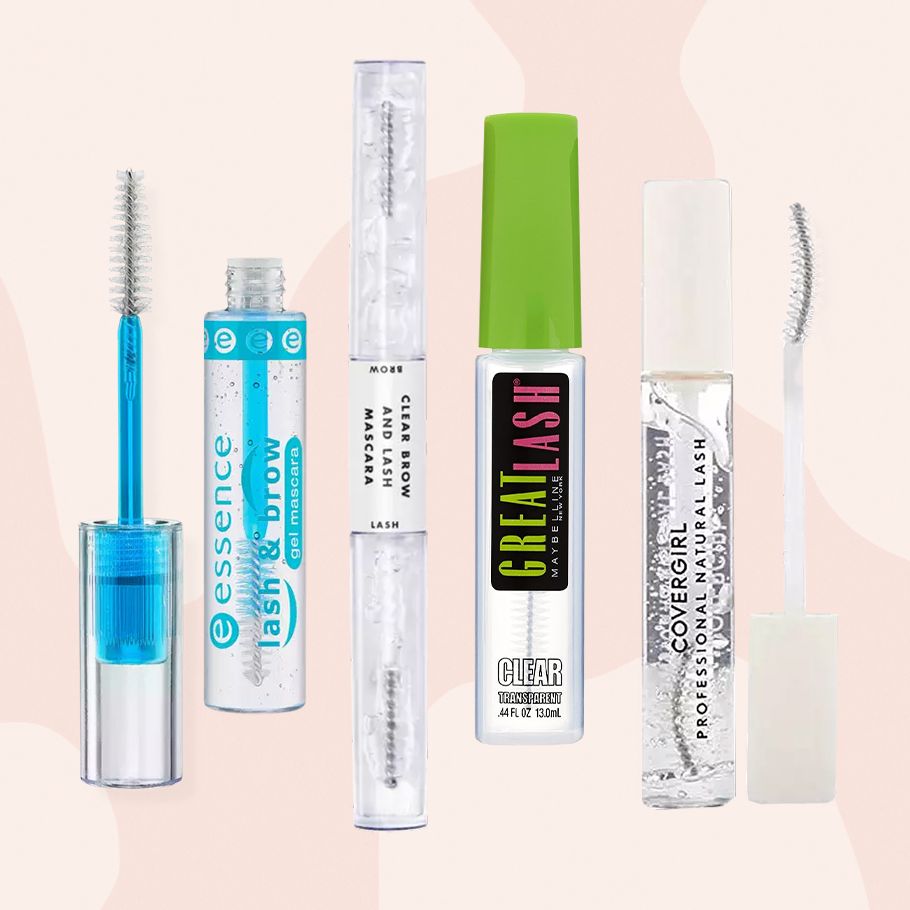Introduction:
Mascara is a popular cosmetic product used to enhance eyelashes, providing a dramatic and defined look. However, concerns have arisen regarding the use of bat guano as an ingredient in some mascaras. This passage explores the historical origins, manufacturing process, sustainability concerns, safety considerations, and alternatives related to bat guano in mascara. Mascara has its roots in ancient civilizations like Ancient Egypt, where eye-enhancing products like kohl were used.
The manufacturing process involves blending ingredients such as waxes, pigments, oils, and preservatives to create a formula that adheres to lashes without smudging or clumping. While bat guano is rarely used today, sustainability concerns arise due to the impact on bat populations and their habitats. Safety considerations include hygiene measures during collection and processing. Alternatives to bat guano include synthetic polymers, plant-based waxes, and lash-nourishing substances. By understanding these perspectives, consumers can make informed choices while encouraging the beauty industry to prioritize sustainability, safety, and consumer preferences.

Historical Perspective:
Ancient Egypt and the Origins of Kohl
The origins of mascara can be traced back to ancient civilizations, with Ancient Egypt being one of the earliest known cultures to utilize eye-enhancing products. In Ancient Egypt, both men and women adorned their eyes with kohl, a black powder traditionally made from various natural substances.
Kohl was created by grinding and mixing minerals, such as malachite and galena, along with other ingredients like lead sulfide, soot, and burnt almonds. These materials were combined to form a thick paste that was then applied to the rims of the eyes and lashes using a small stick or brush.
Ancient Egyptians believed that wearing kohl had cosmetic and spiritual significance. In addition to enhancing their physical appearance, they believed it protected them from the harmful rays of the sun, warded off evil spirits, and improved their overall health.
As time progressed, mascara formulations continued to evolve. In the late 19th century, petroleum jelly, known commercially as Vaseline, was introduced as a base for mascara. This innovation provided a smoother application and improved adherence to lashes.
In the early 20th century, the discovery of beeswax as a binding agent revolutionized mascara production. Beeswax helped create a more durable and long-lasting formula, allowing mascara to hold its shape and resist smudging.
Further advancements in the mid-20th century led to the introduction of synthetic ingredients, such as polymers, resins, and synthetic pigments. These advancements allowed for the creation of waterproof and smudge-resistant mascaras.
Today, mascara formulations continue to evolve, with companies experimenting with various ingredients and technologies. From traditional to high-tech, mascara has come a long way since its ancient origins, providing consumers with a wide range of options to enhance their lashes.

Manufacturing Perspective:
Ingredients and Alternatives in Mascara Production
Today, mascara manufacturing involves the careful selection and blending of various ingredients to create a formula that provides desirable lash enhancement effects. While specific recipes may vary among manufacturers, most mascaras contain a combination of waxes, pigments, oils, and preservatives.
Waxes: Waxes are a crucial component of mascara formulations as they help to provide the desired texture, volume, and staying power. Commonly used waxes include beeswax, carnauba wax (derived from the leaves of the carnauba palm), and candelilla wax (obtained from the candelilla shrub).
Pigments: Pigments are responsible for the color and intensity of mascara. Carbon black, iron oxide, and various synthetic colorants are commonly used to create shades ranging from classic black to brown, blue, or even vibrant colors for creative makeup looks.
Oils: Oils are added to mascara formulations to provide a smooth and silky texture, improving the application and adherence of the product to lashes. Commonly used oils include mineral oil, castor oil, jojoba oil, and various vegetable oils.
Preservatives: Given that mascara is a liquid product, it is prone to bacterial growth. To maintain product safety and prevent contamination, preservatives are added to mascara formulations. Commonly used preservatives include parabens, phenoxyethanol, and potassium sorbate.

Sustainability Perspective:
The use of bat guano in mascara raises concerns regarding sustainability and animal welfare. Bats play a crucial role in maintaining ecosystems, as they are natural pest controllers and pollinators. Harvesting bat guano for cosmetics introduces the risk of disturbing natural habitats and adversely affecting bat populations. Moreover, bat guano collection can damage caves and roosting sites, significantly impacting the bats’ natural environment. As consumers become more aware of these sustainability concerns, companies are increasingly opting for alternative ingredients and focusing on eco-friendly manufacturing practices.

Safety Perspective:
Ensuring the safety of cosmetic products is of paramount importance. While bat guano itself is not inherently harmful, the collection and processing methods could pose health risks. It is imperative to follow strict hygiene measures during the collection and handling of guano to prevent contamination and potential transmission of diseases. Furthermore, regular testing and quality control procedures should be implemented to guarantee the safety of all ingredients used in mascara. As a result, most reputable cosmetic companies have shifted away from using bat guano due to these safety considerations.

Alternatives Perspective:
Given the sustainability and safety concerns surrounding bat guano in mascara, cosmetic companies are continuously exploring alternative and cruelty-free ingredients. Many modern mascaras rely on synthetic waxes and fibers, vegetable-based oils, and synthetic pigments to achieve the desired effects. Additionally, innovations in cosmetic technology have led to the development of plant-based and vegan mascaras that provide consumers with sustainable and ethically sound choices. These alternatives offer similar results without the need for animal-derived ingredients.
In conclusion, the use of bat guano in mascara has historical roots, but its prevalence in modern formulations is limited. From various perspectives discussed, it is evident that sustainability, safety, and consumer preferences have led to a shift away from this ingredient. Cosmetic companies are increasingly focused on developing cruelty-free and eco-friendly mascaras to meet the demands of conscious consumers. As the industry continues to evolve, it is essential to remain mindful of the environmental impact and animal welfare associated with cosmetic ingredients, fostering a more sustainable and responsible approach to beauty.